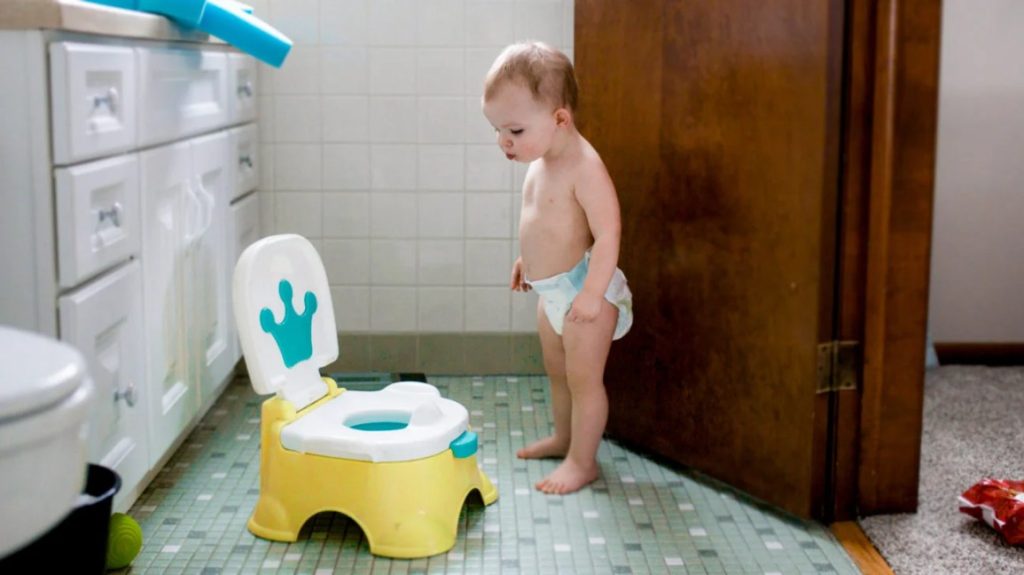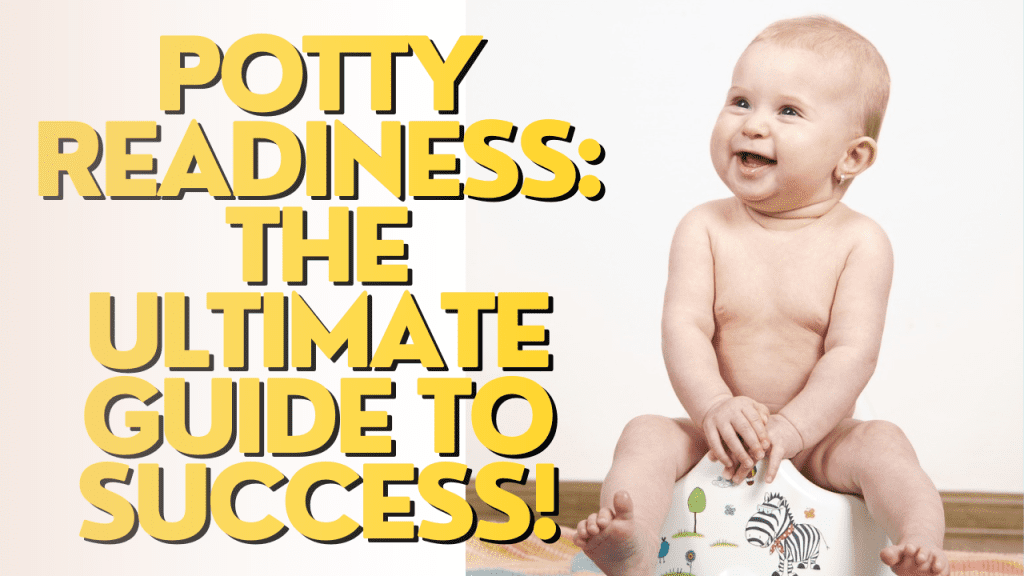Potty training setbacks can occur due to various factors such as parental pressure, lack of communication, distractions, tiredness, stress, and the child not being ready yet. These setbacks can be addressed by reinforcing the training and incorporating potty time into the child’s daily routine without making it a big deal or forcing them.
By following these tips, parents can effectively deal with potty training setbacks and help their child progress in their toilet training journey.


Credit: www.eurokidsindia.com
Understanding Potty Training Setbacks
There are several root causes behind toilet-training setbacks, according to experts. These include pressure from parents, a lack of communication, distractions, tiredness, stress, and simply not being ready for toilet training yet. It’s important for parents to recognize these setbacks early on in order to address them effectively.
Common challenges faced during potty training can include accidents, resistance, and regression. By understanding the factors contributing to setbacks, parents can implement strategies to help their child navigate through these challenges. It’s crucial to reinforce training by incorporating set potty times into the child’s routine and not making it a big deal.
By recognizing setbacks early and providing support, parents can help their child succeed in their potty training journey.
Strategies For Overcoming Potty Training Setbacks
There are various ways to overcome potty training setbacks. One strategy is creating a consistent routine for potty training. This could involve setting specific times for your child to sit on the potty, such as before nap time or after meals.
Another approach is implementing positive reinforcement techniques, such as praising your child for using the restroom. Additionally, it’s important to address communication barriers that may be hindering the potty training process. This could include helping your child understand and express their needs related to using the toilet.
By following these strategies, you can help your child overcome setbacks and continue making progress in their potty training journey.
Troubleshooting Specific Potty Training Setbacks
Dealing with resistance and refusal during potty training can be challenging. It’s important to remain patient and understanding. Encourage your child to sit on the potty at set times, such as before nap time or after meals. Make it a part of their daily routine without putting too much pressure on them.
Managing accidents and regression is another setback you may encounter. Stay calm and reassure your child that accidents happen. Offer praise and rewards for successful trips to the potty. Anxiety and fear can also hinder progress. Create a positive environment by reading potty training books or using a potty training doll.
Provide comfort and support to help your child overcome their fears. Remember, each child is different, and setbacks are a normal part of the potty training journey. Keep a positive attitude and continue to provide encouragement and guidance
Frequently Asked Questions On Potty Training Setbacks
What Are The Major Setbacks In Potty Training?
There are several setbacks in potty training. These include parental pressure, lack of communication, distractions, tiredness, stress, and not being ready for toilet training. To handle setbacks, reinforce training by setting specific times for your child to sit on the potty, such as before nap time or after bath or meal time.
Make it a part of their routine without forcing the issue or making a big deal out of it. Incorporate it into their daily activities. Remember, every child is different, so be patient and understanding during this process.
How Do You Deal With Potty Training Setbacks?
To deal with potty training setbacks, reinforce training by incorporating set times to sit on the potty, such as before nap time or after meals. Make it a part of your child’s routine without making it a big deal or forcing the issue.
This helps your child become comfortable with using the restroom. Additionally, stay patient and positive throughout the process, providing plenty of encouragement and praise for small successes.
Avoid punishment or negative reinforcement, as it may create fear or resistance. Offer gentle reminders and prompts to use the potty, and provide a supportive and understanding environment.
Remember that setbacks are normal and temporary, and with consistency and patience, your child will eventually succeed in potty training.
Is It Normal For Toddlers To Regress In Potty Training?
It is normal for toddlers to regress in potty training. There can be several reasons behind the setbacks, including parental pressure, communication difficulties, distractions, tiredness, stress, and the child simply not being ready for toilet training yet.
To address these regressions, reinforce the potty training by setting specific times for the child to sit on the potty, such as before nap time or after bath or meal time.
Make it part of their routine without making a big deal out of it or forcing the issue. Incorporating potty training into their daily activities can help them develop consistency and regain their progress.
How Long Do Potty Training Regressions Last?
Potty training regressions can last anywhere from a few days to a few weeks. The duration of the regression depends on various factors, such as the child’s age, readiness, and the consistency of their potty training routine. It’s important to remember that setbacks are normal and part of the learning process.
During this time, it’s helpful to reinforce potty training by setting aside specific times for the child to sit on the potty, such as before nap time or after meals. Making it a regular part of their routine without pressuring or forcing them can help them get back on track.
Stay patient and supportive throughout the regression, and remember that every child progresses at their own pace.
Conclusion
To overcome potty training setbacks, it’s important to understand the root causes and address them effectively. One common setback is the pressure from parents, which can create anxiety for the child. Instead, create a positive and relaxed environment that encourages progress.
Communication is another key factor. Make sure to explain the importance of using the toilet and encourage your child to communicate their needs. This will help establish a better understanding and reduce frustration. Distractions and tiredness can also hinder progress.
Establish a consistent routine and choose appropriate times for potty breaks, such as before nap time or after meals. This will help your child develop a habit and avoid unnecessary setbacks. Remember that every child is different and may not be ready for toilet training at the same age.
Be patient and provide support and encouragement throughout the process. With consistency, understanding, and positivity, you can help your child overcome potty training setbacks and achieve success.



